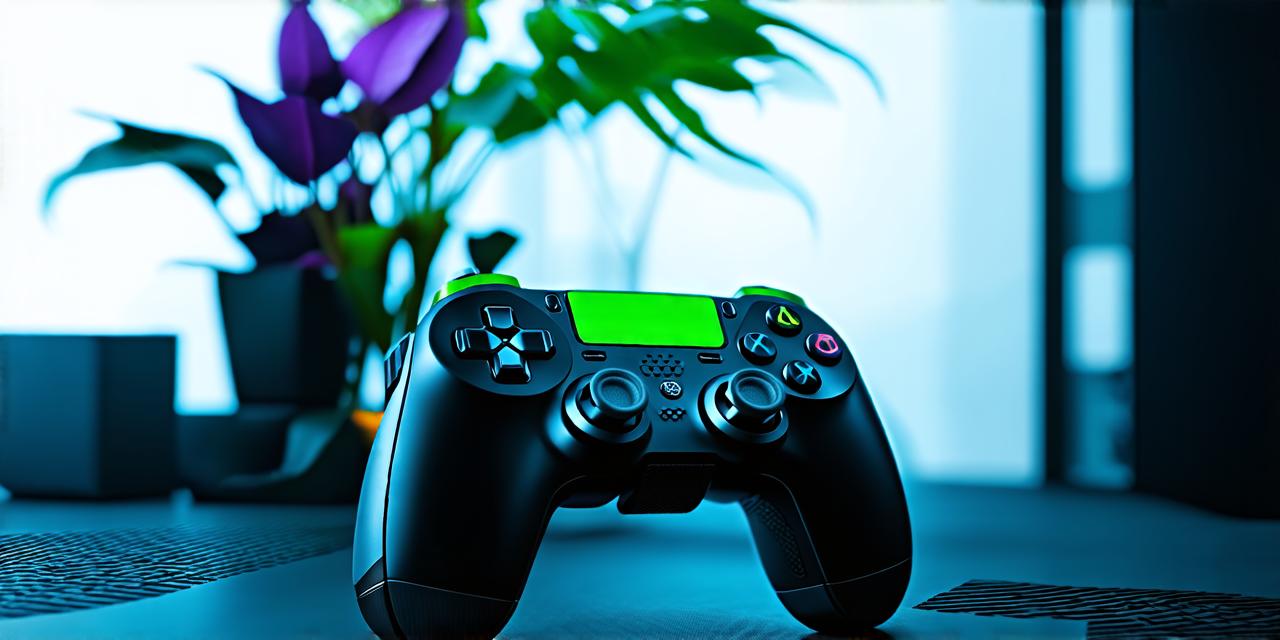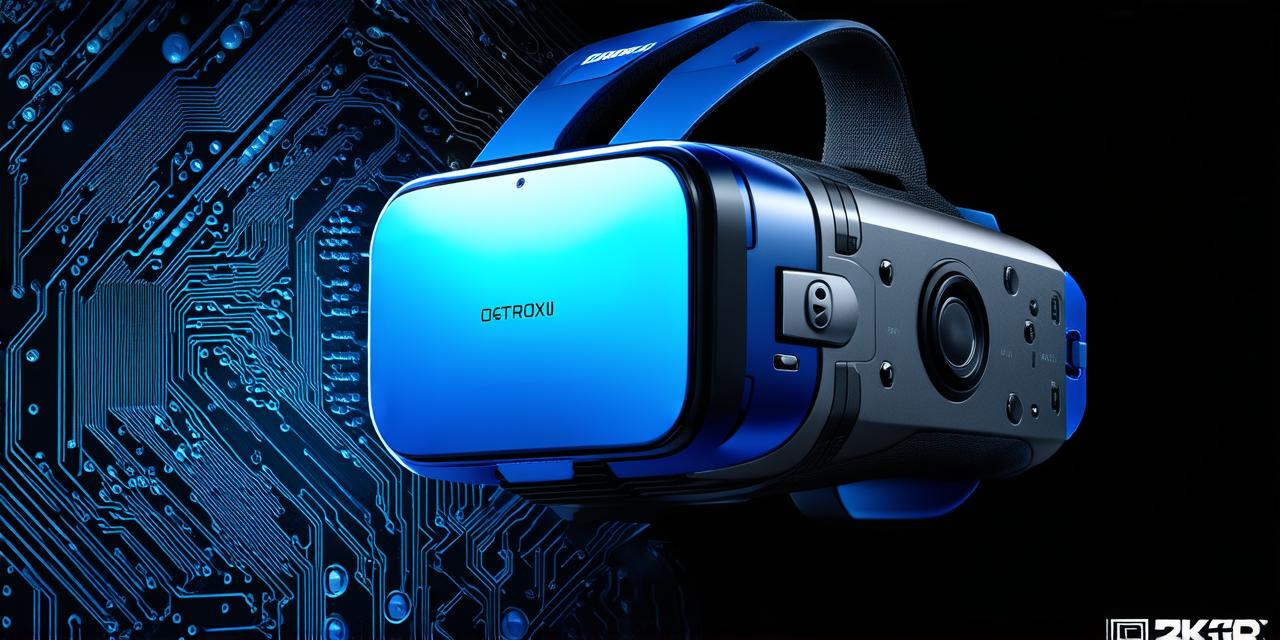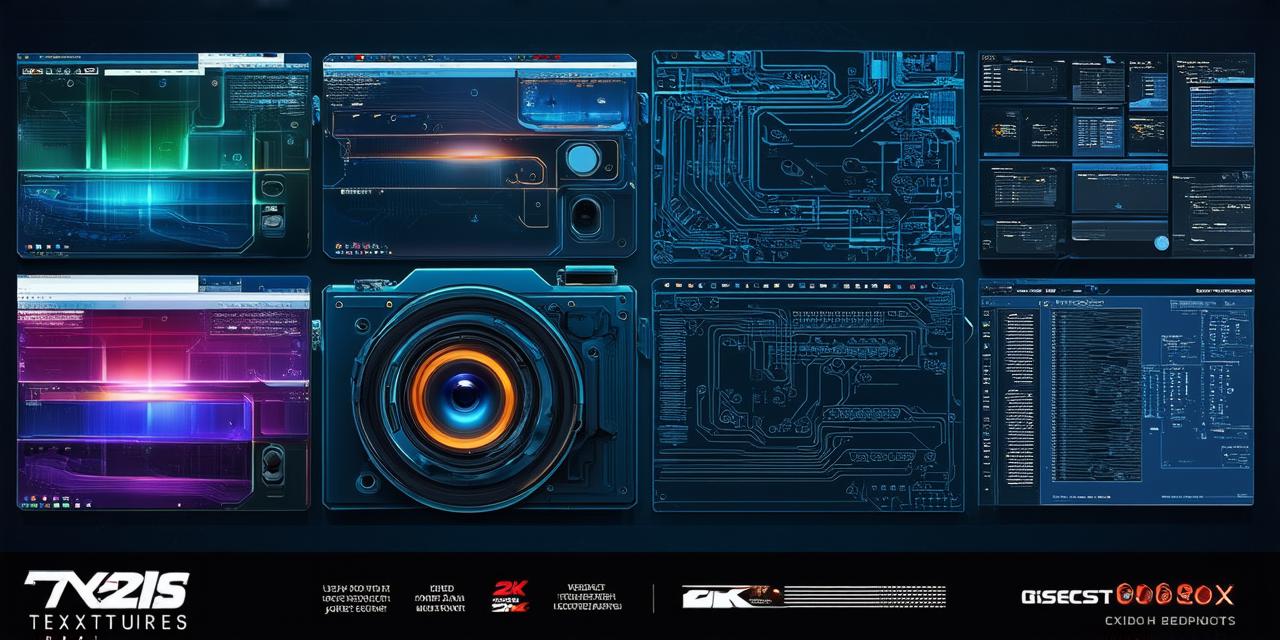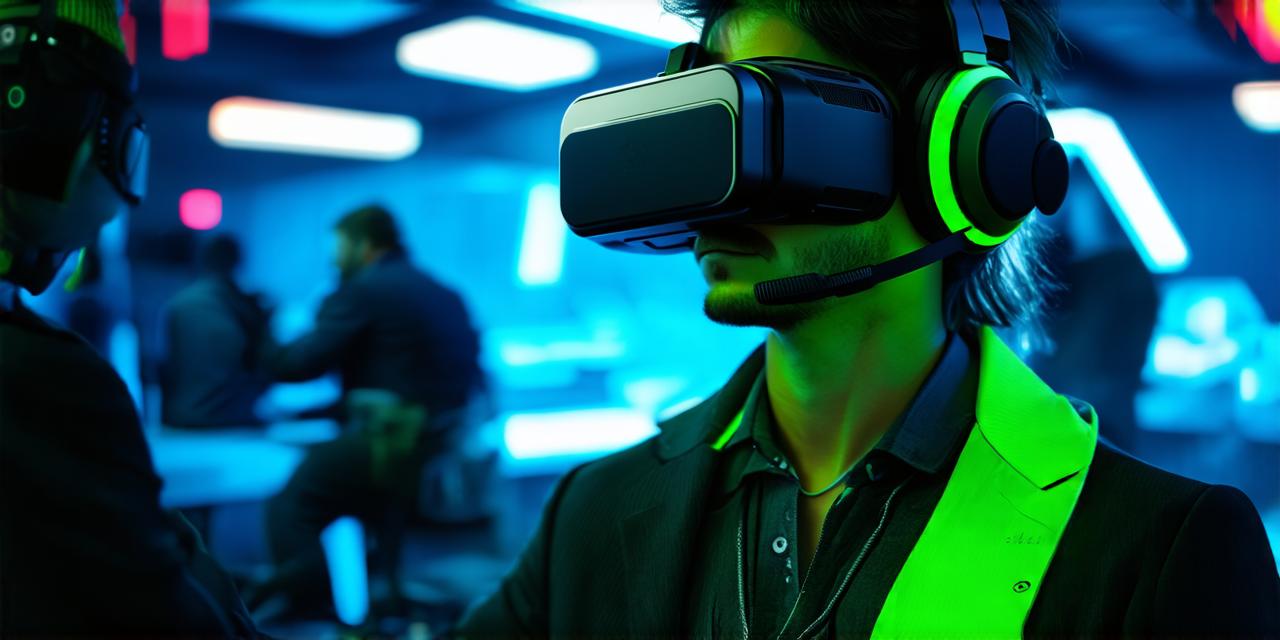Virtual reality (VR) is a rapidly growing field that offers exciting new possibilities for game development. In this article, we will explore how to develop a VR game from start to finish. We’ll cover the tools and technologies you need, the process of designing and creating the game content, and some best practices for testing and deploying your game.
Tools and Technologies
1. Game Engine
The first step in developing a VR game is to choose a game engine. A game engine is a set of tools and libraries that provide the framework for creating games. For VR development, popular game engines include Unity, Unreal Engine, and SteamVR.
2. VR Headset and Controllers
To develop a VR game, you will need a VR headset and controllers. The most common VR headsets are the Oculus Rift, HTC Vive, and PlayStation VR. You can also use development kits such as the Oculus SDK or the Unreal Engine VR Development Kit to create games for specific VR platforms.
3. Game Design Software
Game design software allows you to create and visualize your game’s content, such as levels, characters, and objects. Popular game design software includes Blender, Maya, and 3DS Max.
Designing the Game Content
1. Game Concept
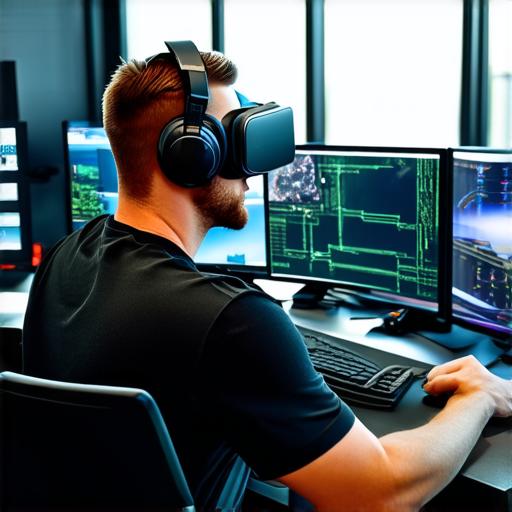
The first step in designing a VR game is to come up with a concept. This should be a high-level idea of what the game will be about and what players will do. Consider what makes your game unique and how it can take advantage of the VR medium.
2. Level Design
Level design involves creating the physical environment for the game, including the layout of the game world, objects, and characters. In a VR game, level design should also consider the player’s movement and interaction with the environment.
3. Character Design
Character design involves creating the visual representation of characters in the game, including their appearance, behavior, and AI. In a VR game, character design should also consider how players will interact with the character using hand and body movements.
Creating the Game Content
1. Asset Creation
Asset creation involves creating the visual elements of the game, such as textures, models, and animations. This can be done using game design software or specialized tools such as Photoshop, ZBrush, or Maya.
2. Programming
Programming involves writing code to implement the game’s logic, AI, and user interface. This can be done using a variety of programming languages, including C++, C, and Java.
Testing and Deployment
1. Testing
Testing involves checking the game for bugs, glitches, and other issues that need to be fixed before release. This can be done using a variety of testing tools, including automated tests and manual testing by playtesters.
2. Deployment
Deployment involves releasing the game to the public. This can be done through various platforms such as Steam, the Oculus Store, or the PlayStation Store.
Best Practices
When developing a VR game, it’s important to keep in mind some best practices to ensure a smooth development process and a high-quality final product. These include:
- Keeping the player in mind throughout the design and development process
- Optimizing the game for performance to minimize motion sickness and improve the overall experience
- Testing the game on multiple VR platforms to ensure compatibility
- Marketing the game effectively to reach your target audience
Conclusion
Developing a virtual reality game can be a challenging but rewarding process.
